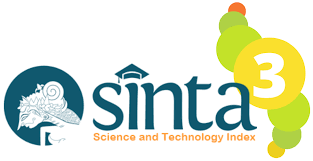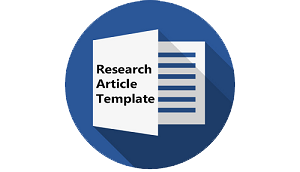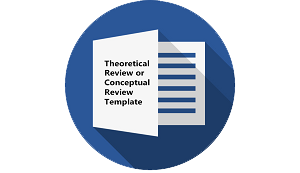SKEMATA WACANA HUMOR STAND UP COMEDY INDONESIA
DOI:
https://doi.org/10.30957/lingua.v16i1.575Keywords:
schematic, discourse, humorous, comics, Indonesia.Abstract
Â
Â
This qualitative research design was conducted to describe the schema, cohesion, coherence, and context contained in the stand-up comedy performed by famous comics (performer of stand up comedy) in Indonesia. The data were in the form the text of stand up comedy performed by Raditya Dika, Ernest Prakarsa, and Pandji Pragiwaksono. The source of the data was video-audio stand up comedy on Youtube http://www.youtube.com. The data gathered and analyzed grounded in theory of schematic, cohesion, coherence, and humorous discourse. The results show that the schemata appear in the setup section and each schema appears based on the experience of comics. The schema appears variously including dating, children, family, education, personal experience, social and so forth. The cohesion found in the stand-up comedy performed by the comics is only a few and without coherence in it. The context rising also depends on the main theme of stand up comedy.
Â
Downloads
References
Badara, Aris. 2012. Analsis Wacana: Teori, Metode, dan penerapannya pada Wacana Media. Jakarta: Kencana.
Mahsun. 2017. Edisi Ketiga Metode Penelitian Bahasa: Tahapan, Strategi, Metode, dan Tekniknya. Depok: Rajawali Pers.
Schiffrin, Deborah. 2007. Ancangan Kajian Wacana. Yogyakarta: Pustaka Pelajar.
Black, Elizabeth. 2016. Stilistika Pragmatis. Yogykarta: Pustaka Pelajar.
Yule, George. 2014. Pragmatik. Yogyakarta: Pustaka Pelajar.
Alwi, Hasan dkk. 2010. Tata Bahasa Baku Bahasa Indonesia Edisi Ketiga. Jakarta: Balai Pustaka
Wikipedia www.wikipedia.com,diakses pada tanggal 4 Oktober 2018
Pandji Pragiwaksono http://www.youtube.com/user/pandjimusic, diakses pada tanggal 10 September 2018
Raditya Dika http://www.youtube.com/user/radityadika, diakses pada tanggal 16 April 2018
Ernest Prakarsa http://www.youtube.com/user/ernestprakasa, diakses pada tangga 22 September 2018
Downloads
Published
How to Cite
Issue
Section
License
Authors who publish with this journal agree to the following terms:
- Authors retain copyright and grant the journal right of first publication with the work simultaneously licensed under a Creative Commons Attribution-ShareAlike 4.0 International License that allows others to share the work with an acknowledgement of the work's authorship and initial publication in this journal.
- Authors are able to enter into separate, additional contractual arrangements for the non-exclusive distribution of the journal's published version of the work (e.g., post it to an institutional repository or publish it in a book), with an acknowledgement of its initial publication in this journal.
- Authors are permitted and encouraged to post their work online (e.g., in institutional repositories or on their website) prior to and during the submission process, as it can lead to productive exchanges, as well as earlier and greater citation of published work (See The Effect of Open Access).















